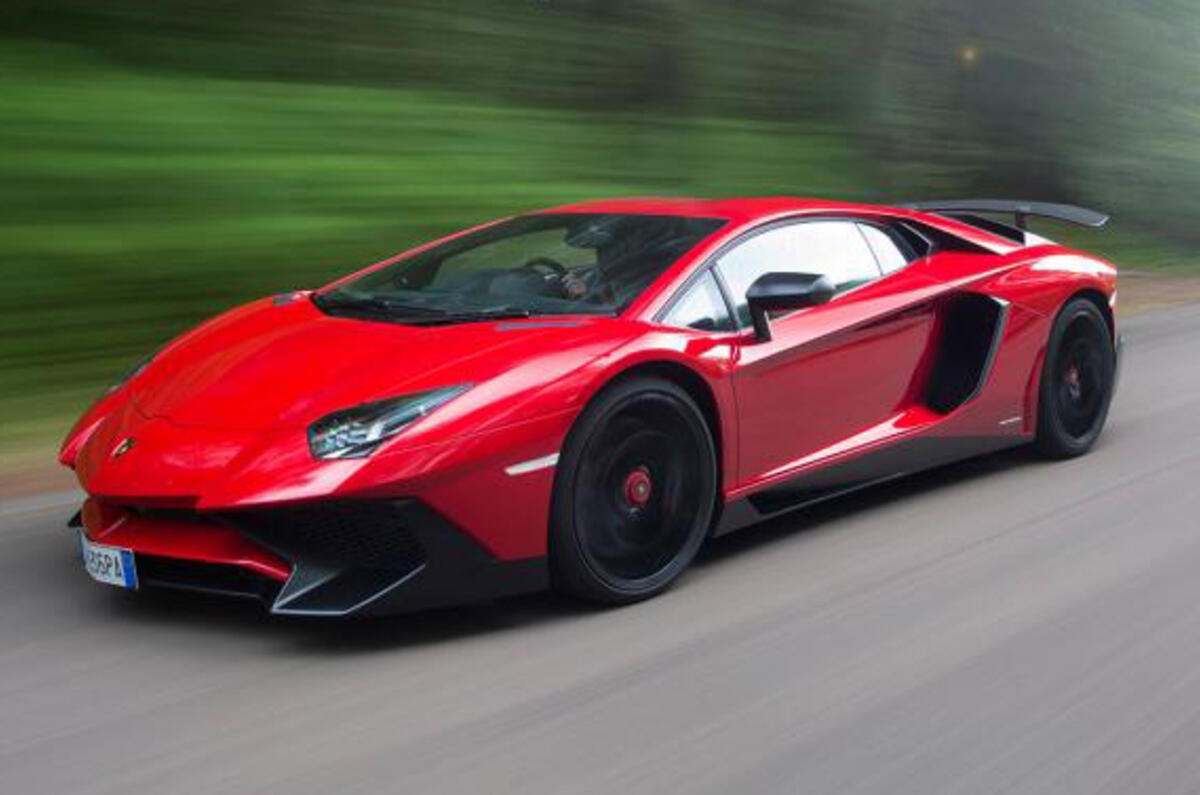The Lamborghini Aventador always deserved better. Any car that counts the F117 Nighthawk among its design inspirations and Lamborghini an in-house 690bhp V12 as its power source ought to live permanently in the upper echelons of our affection. But it doesn’t. Not even close.
The Murcielago’s replacement was too crude and uncommunicative from the get go; as fast as a theme park ride, certainly - but it was a ride you were as happy to get out of as to get in.
Lamborghini has addressed these problems in a manner wholly typical of its traditions: by heading to a track and making the Aventador go faster and faster with the steady application of money, power and added lightness.
Even more typically, it has then called the car something slightly different, jacked up the price and offer a Roadster version. Fortunately, the Superveloce badge already means a great deal to the Lamborghini faithful. Meanwhile, the 50bhp gain at even higher revs, combined with 50kg less where it counts, had Prior in a twist when he tried it round a circuit.
The resulting near-500bhp-per-tonne sounds suitably outlandish, but pace was never the problem. Lamborghini Feel, comfort and finesse were the Aventador’s deficiencies, but early suspicion is that these have been straightened out, too. The SV’s overhaul incorporates an improved dynamic steering rack, adaptive dampers, a recalibrated all-wheel drive system and a fixed rear wing that generates enough downforce to apparently make the V12’s extra grunt necessary beyond 125mph.








































